Dell PowerEdge R910 review
Dell lays down the gauntlet with the first Xeon 7500 server to market. In this exclusive review we find out whether it’s time to throw out your old RISC based systems.
The R910 is a real powerhouse server suited to a wide range of enterprise and data centre duties. It delivers a classy specification for the price with a sharp focus on reliability and redundancy. Add in the high memory capacity plus the new Xeon 7500 RAS features and you have a solid alternative to costly and proprietary RISC servers.

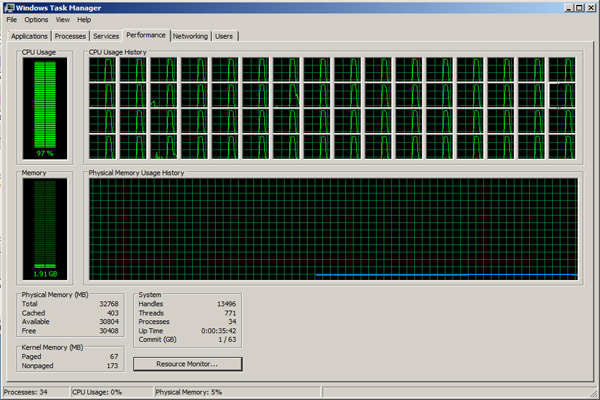
Dell PowerEdge R910
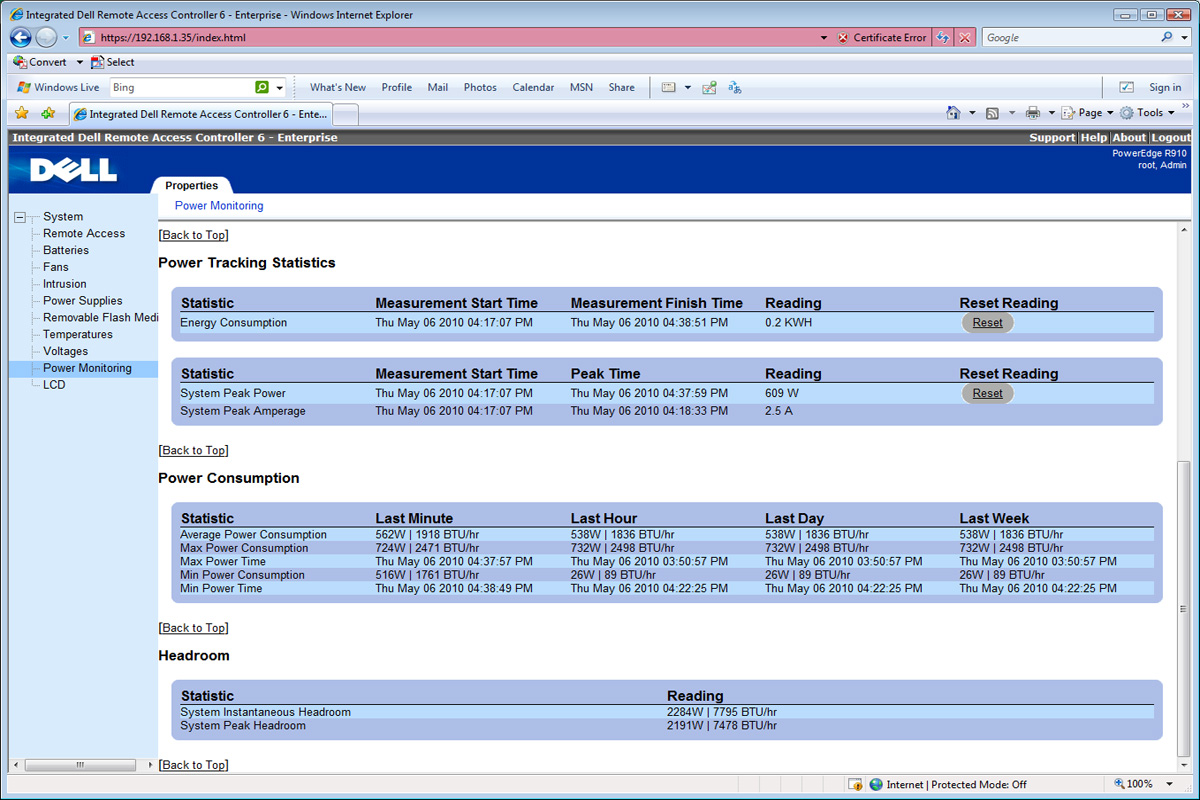
Dell PowerEdge R910
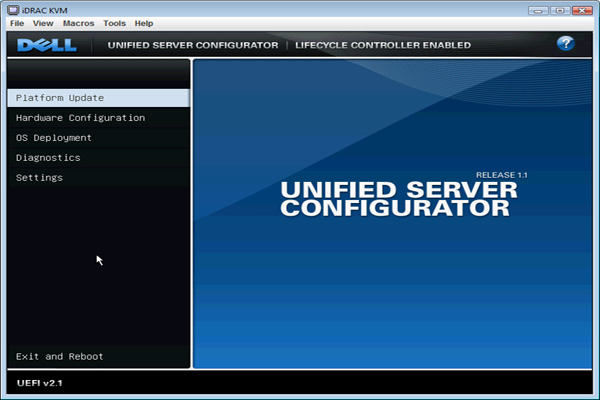
Dell PowerEdge R910
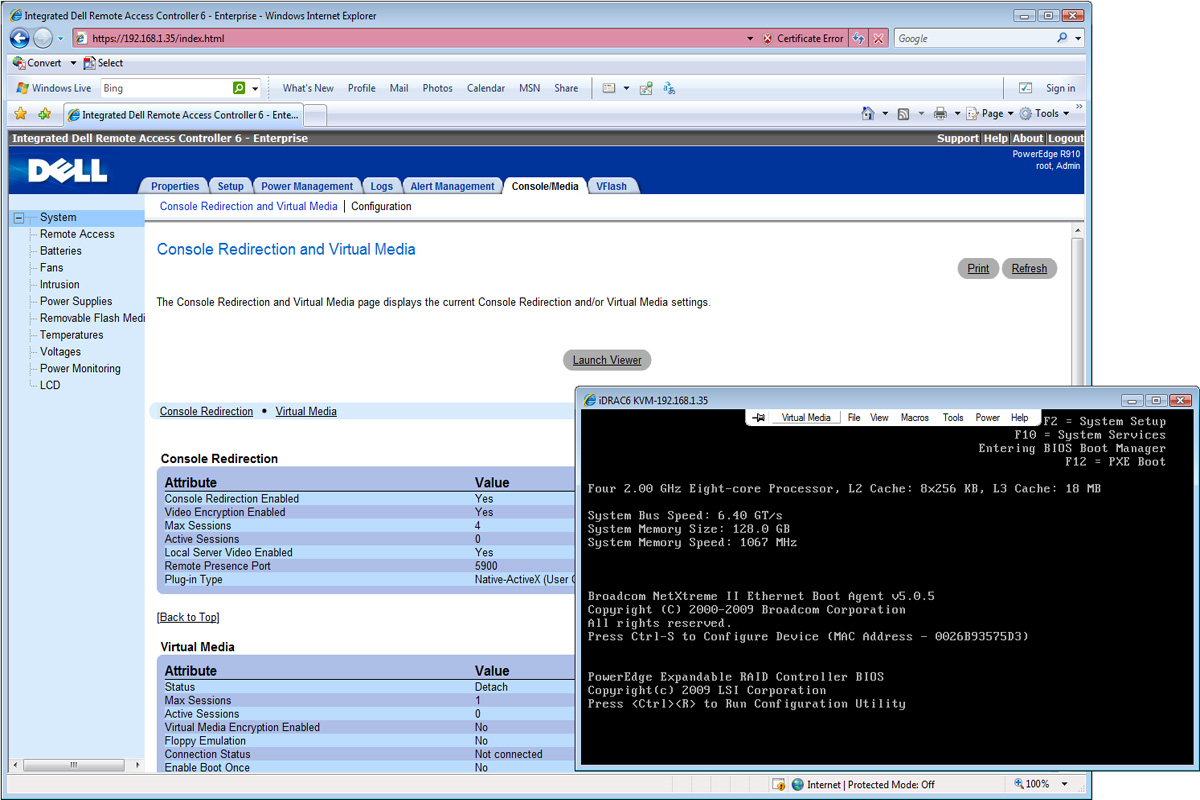
Dell PowerEdge R910
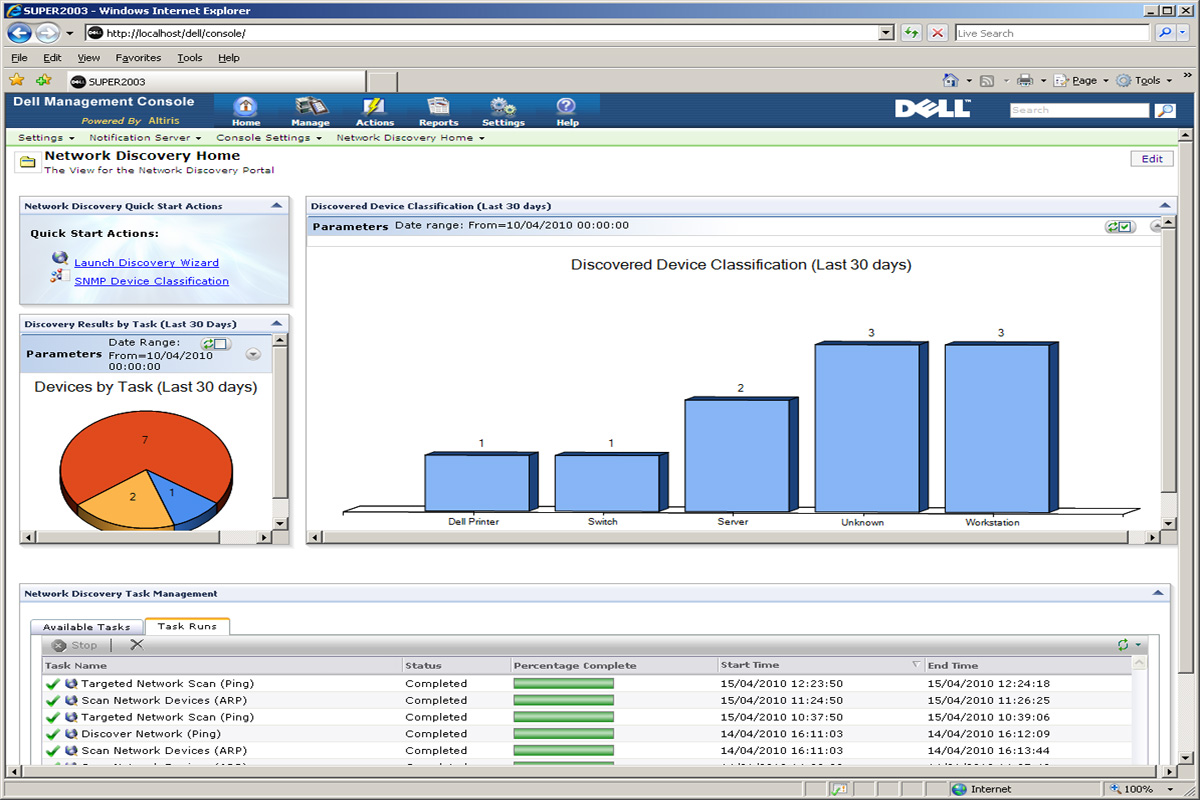
Dell PowerEdge R910
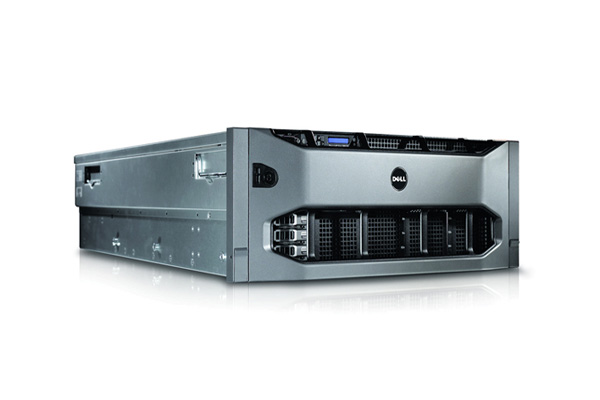
Dell PowerEdge R910
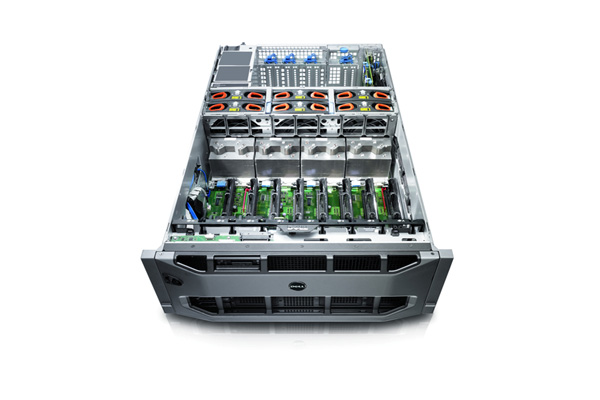
Dell PowerEdge R910
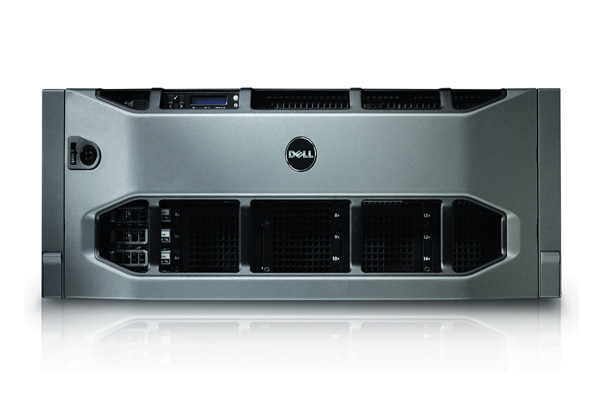
Dell PowerEdge R910
Dell is making a habit of beating its competition in the server market to the punch. When Intel launched its Xeon 5500 series of processors last year it was first out of the blocks with the R610 and it does it yet again as the latest PowerEdge R910 is the first production server equipped with the new Xeon 7500 Nehalem-EX' processors.
The R910 takes advantage of Intel's new RAS (reliability, availability and serviceability) features which we cover in depth in our article of the Xeon 6500 and 7500 processors (check back on the site tomorrow for that content). The ability to monitor, report and recover from hardware errors that would bring lower end servers to their knees makes the R910 ideally suited to a wide range of applications.
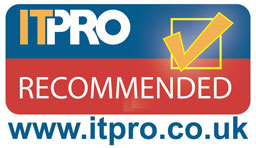
Naturally, Dell is aiming the R910 at typical enterprise and data centre duties but with a keen focus as a replacement for proprietary RISC systems. Oracle is firmly in its sights as Dell claims the R910 is more cost-effective that Sun SPARC systems and offers a far superior performance per watt.
The increased performance of the Xeon 7500 processors makes the R910 a strong candidate for server consolidation and with a maximum memory capacity of 1TB, virtualisation is clearly a top priority.
Size is another factor as the R910 may only stand at 4U high but it packs a very tasty specification into its compact chassis. The review system came equipped with a quartet of 2GHz Xeon X7550 processors partnered by a healthy 128GB of memory.
The front panel sports Dell's new LCD display offering a keypad for manually setting the remote management network address along with views of power consumption and temperatures. Below this a grill stretches right across the front to provide an unimpeded air flow through the chassis.
Sign up today and you will receive a free copy of our Future Focus 2025 report - the leading guidance on AI, cybersecurity and other IT challenges as per 700+ senior executives
Dave is an IT consultant and freelance journalist specialising in hands-on reviews of computer networking products covering all market sectors from small businesses to enterprises. Founder of Binary Testing Ltd – the UK’s premier independent network testing laboratory - Dave has over 45 years of experience in the IT industry.
Dave has produced many thousands of in-depth business networking product reviews from his lab which have been reproduced globally. Writing for ITPro and its sister title, PC Pro, he covers all areas of business IT infrastructure, including servers, storage, network security, data protection, cloud, infrastructure and services.
-
 UK say firms say no to AI job cuts: 32% expect to hire more staff as leaders double down on ‘specialist roles’ and productivity gains
UK say firms say no to AI job cuts: 32% expect to hire more staff as leaders double down on ‘specialist roles’ and productivity gainsNews There's good news for British workers worried about AI job cuts, with new research showing that 78% of business leaders don't expect its to lead to a drop in headcount.
By Emma Woollacott Published
-
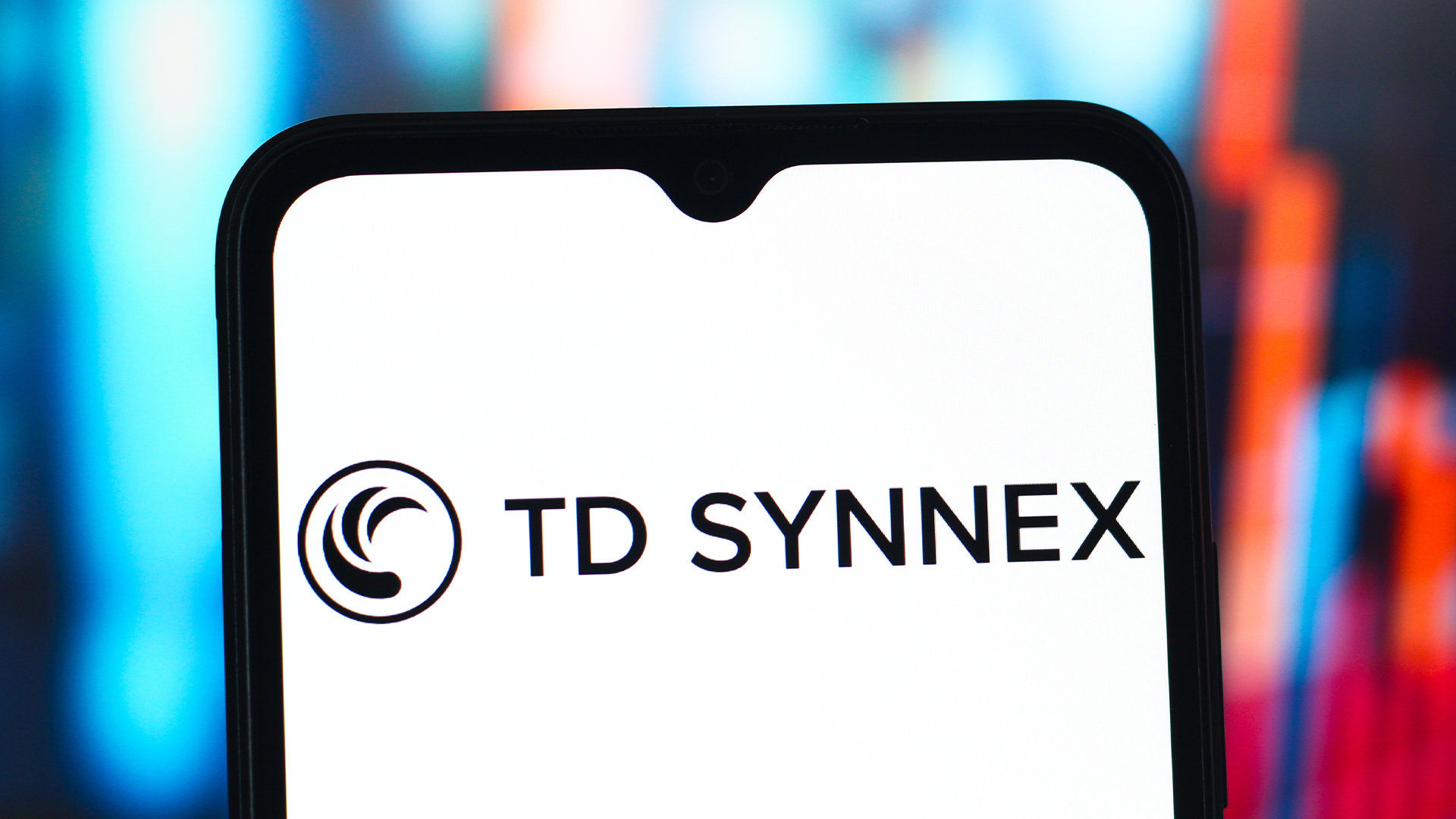 TD Synnex launches new workshop to help partners drive AI adoption
TD Synnex launches new workshop to help partners drive AI adoptionNews The distributor’s new AI Game Plan will aid partners in identifying and prioritizing customer AI use cases
By Daniel Todd Published
-
 Google is scrapping its dark web report feature — here's everything you need to know and some alternative options
Google is scrapping its dark web report feature — here's everything you need to know and some alternative optionsNews Google said while the dark web report feature offered “general information”, the tool didn’t provide “helpful next steps” for users potentially impacted by a breach.
By Emma Woollacott Published
